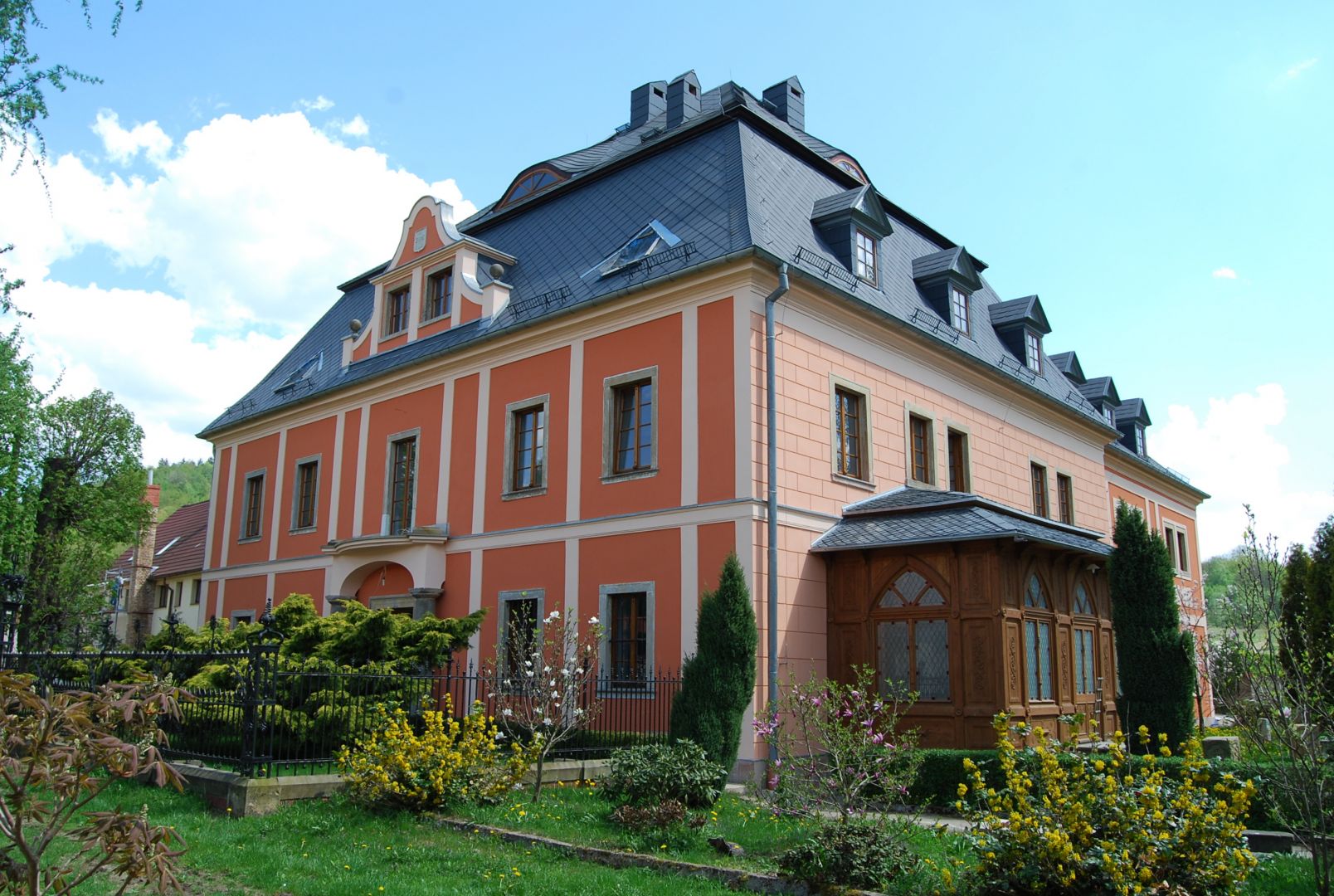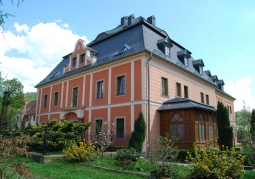No weather data
0.0 /5
Number of ratings: 0
Address: ul. Winiogórska 11 , 59-610 Wleń
For centuries, the Prince's Palace was a luxurious residence of the Zedlitz family. Today, the Palace is a place for rest and reflection, surrounded by a charming park, in which old trees welcome the weary guests, giving them a peaceful haven from the hustle and bustle of the rest of the world. The palace was built in the 16th century by the Zedlitz family, who have ruled here since the Middle Ages. In the 17th century Hannos became the owner of the palace, who served as a war commissioner. At that time the palace was repeatedly destroyed by the Swedes. In 1741, the property was taken over by Wawrzyniec Jakub Held d'Arlé, captain of Prussian royal horse riding. He rebuilt the palace, giving it the style of French Baroque. He also founded a garden surrounded by a stone wall. In 1894, the estate became the property of Wilhelm Rohrbeck. He was a member of the Dendrological Society of Berlin. During this time there was a significant change in the palace park. Planted, among others rare specimens of trees and shrubs. Rohrbeck also carried out a thorough renovation of the palace. It simplified the facade, covered the roof with slate, surrounded the front part with a forged fence. Wilhelm Rohrbeck died in 1914, and only his daughter Dorothea Rohrbeck became the heir, who was murdered in 1921. After World War II, the historic building was robbed by Soviet soldiers, and the palace was divided into apartments for families from the Eastern Borderlands. In the 1970s, the monument was transformed into a summer camp and recreation center. After some time, the building began to deteriorate and was intended for demolition. The palace was saved from demolition by the Polish Post Transport Department, whose director decided to renovate. In 2004 the palace became private property, it was bought by an entrepreneur from Gdańsk. Currently, the building houses a guest house and a cafe. On May 11, 1981, the palace was entered in the register of monuments of the National Heritage Institute.
Komentarze
No results
Nearby places
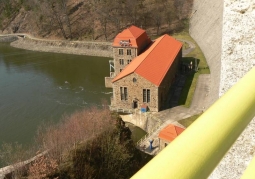
Water dam - Pilchowickie Lake - Pilchowice
Category: Lakes, springs, waterfallsThis dam is the second-largest (after Solina) and the second-largest dam in Poland. In addition, it is the highest stone and arched dam in our country. Its height is 69 m and the width of its crown is 270 m. As a result...
7 km
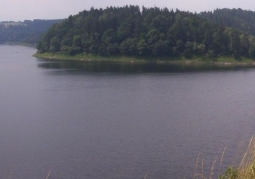
Pilchowickie Lake - Pilchowice
Category: Lakes, springs, waterfallsAn extensive and winding retention tank 7 km long. It was created thanks to the construction of a dam on the Bóbr River. Its main purpose is flood protection and electricity production. The lake also has a recreational...
7 km
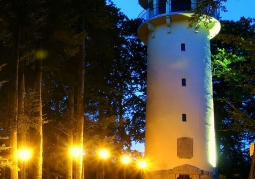
Grzybek lookout tower on Krzywoustego Hill - Jelenia Góra
Category: LookoutsThe "Grzybek" observation tower stands on the Hill of Bolesław Krzywoustego (375 m a.s.l.) at the confluence of two rivers, Bóbr and Kamienna. The tower with reinforced concrete structure is 35 m high, inside there...
13 km
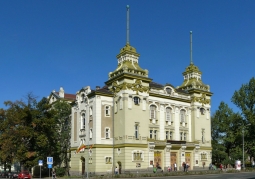
Teatr im. Cyprian Kamil Norwid - Jelenia Góra
Category: TheatersIt has existed since 1945, first under the name Municipal Theater, then the Provincial Lower Silesian Theater and the Lower Silesian Theater. In 1974, the institution was named after Cyprian Kamil Norwid. The theater is...
14 km
Phone
(48) 600 385 009
Nearby places

Water dam - Pilchowickie Lake - Pilchowice
Category: Lakes, springs, waterfallsThis dam is the second-largest (after Solina) and the second-largest dam in Poland. In addition, it is the highest stone and arched dam in our country. Its height is 69 m and the width of its crown is 270 m. As a result...
7 km

Pilchowickie Lake - Pilchowice
Category: Lakes, springs, waterfallsAn extensive and winding retention tank 7 km long. It was created thanks to the construction of a dam on the Bóbr River. Its main purpose is flood protection and electricity production. The lake also has a recreational...
7 km

Grzybek lookout tower on Krzywoustego Hill - Jelenia Góra
Category: LookoutsThe "Grzybek" observation tower stands on the Hill of Bolesław Krzywoustego (375 m a.s.l.) at the confluence of two rivers, Bóbr and Kamienna. The tower with reinforced concrete structure is 35 m high, inside there...
13 km

Teatr im. Cyprian Kamil Norwid - Jelenia Góra
Category: TheatersIt has existed since 1945, first under the name Municipal Theater, then the Provincial Lower Silesian Theater and the Lower Silesian Theater. In 1974, the institution was named after Cyprian Kamil Norwid. The theater is...
14 km
